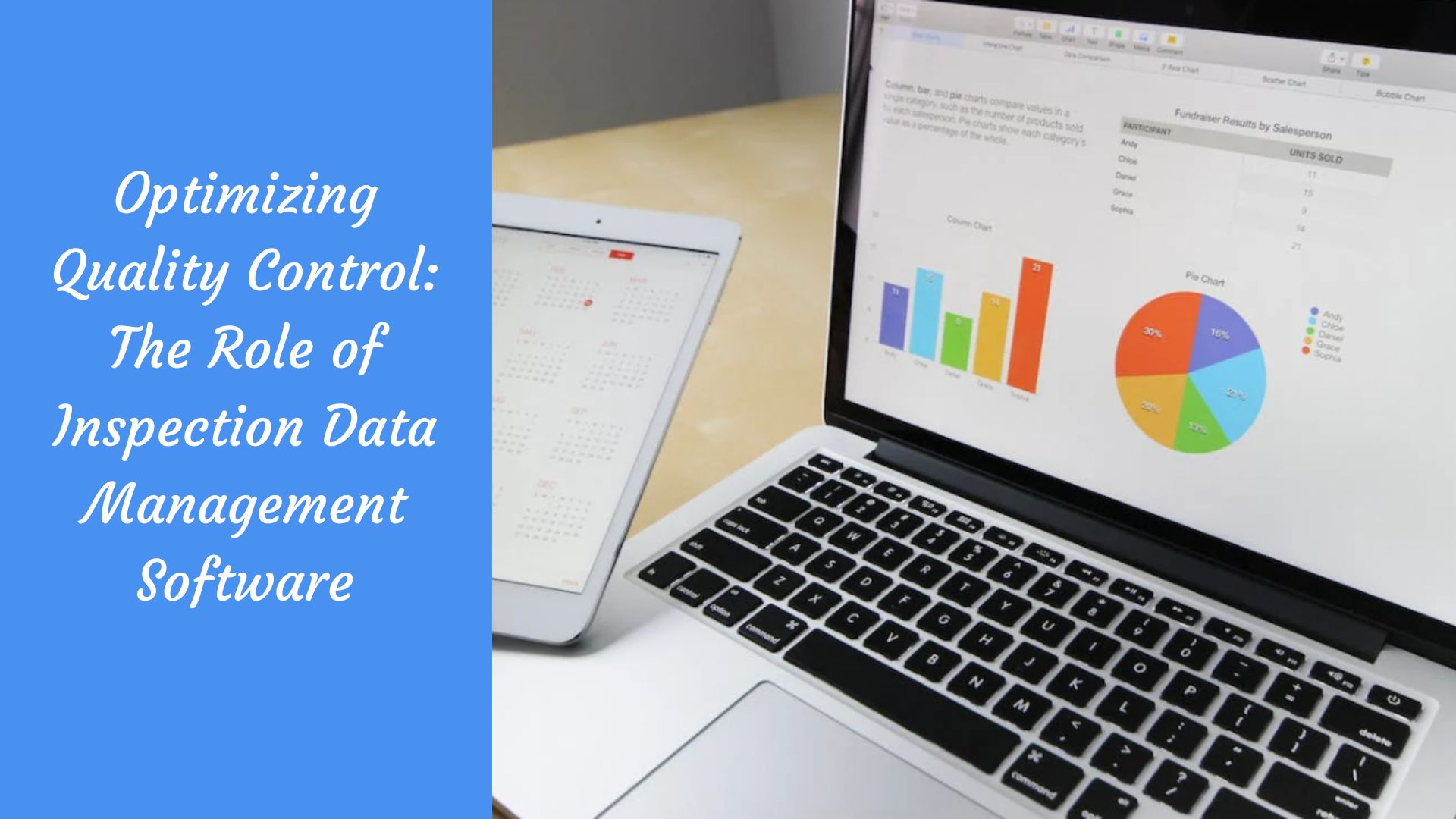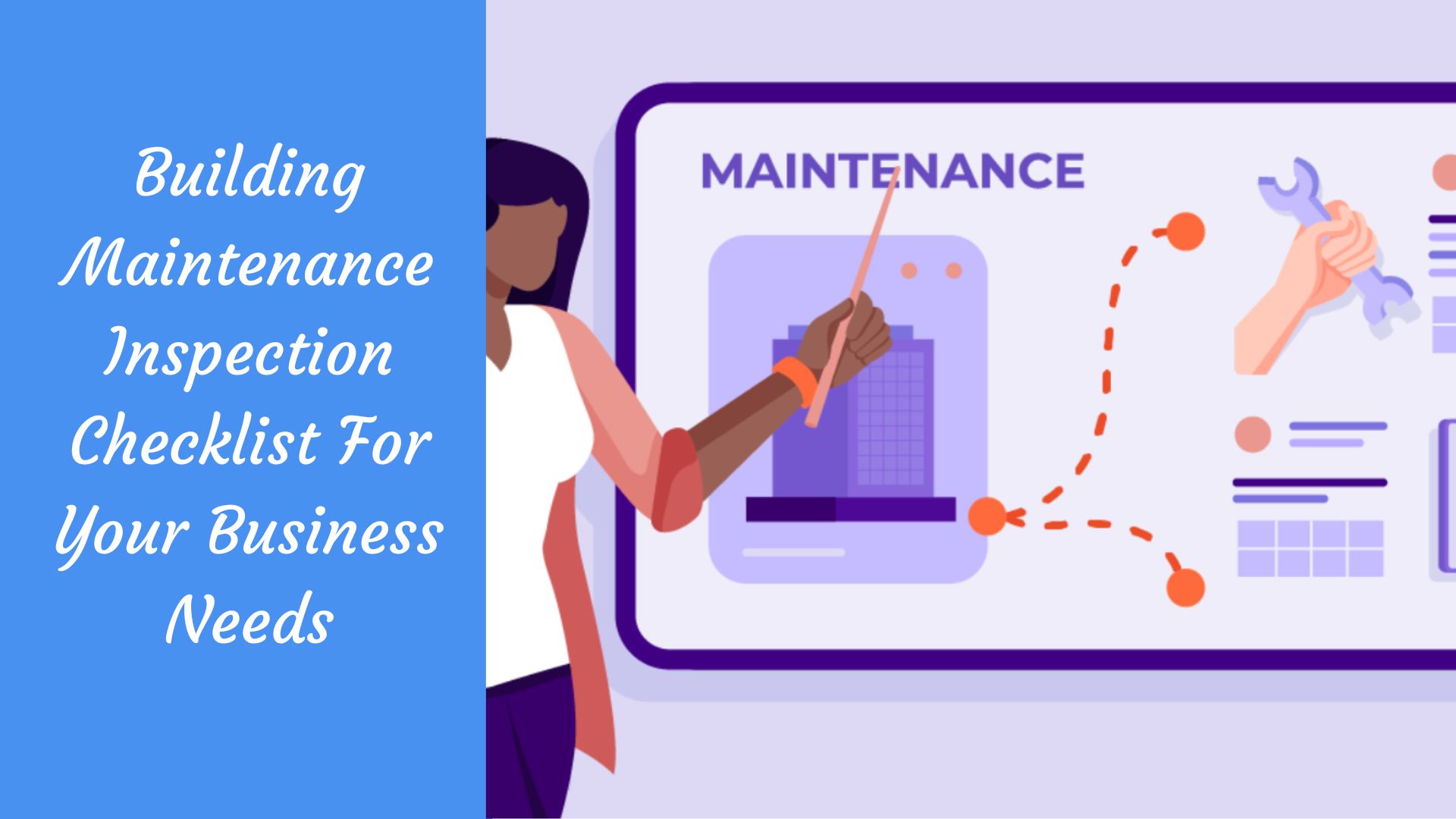
Optimizing Quality Control: The Role of Inspection Data Management Software
Kirti Prakash |
04 Jun 2024 |
14:25 PM
- What is an Inspection Data Management System – IDMS?
- Defining IDMS in Inspection Processes
- Data Management System IDMS and Its Role in Efficiency
- The Importance of Inspection Data Management
- Limitations of Inspection Data Management System
- Using Proptor as Your Inspection Data Management Software
- Conclusion

Building Maintenance Inspection Checklist For Your Business Needs
Kirti Prakash 05 Jun 2024 | 06:42 AMUnlocking Efficiency with Advanced Inspection Data Management Software. Discover how this powerful software revolutionizes the way businesses handle inspection data. ...
An Inspection Data Management System, or IDMS for short, is a software solution specifically designed to revolutionize how industries collect, store, manage, and analyze data generated from inspections and testing of equipment or assets within their plants.
In this article we will see how IDMS can be used for our business, what are the benefits and drawbacks and how inspection softwares helps in escalating your business.
What is an Inspection Data Management System – IDMS?
At its core, an IDMS is the digital nerve center of inspection processes. It has seamless mechanical integrity data from various inspections and testing activities, creating a centralized repository for critical information.
Think of it as the guardian of your asset-related data, ensuring that every piece of information is organized and easily accessible when you need it the most.
Defining IDMS in Inspection Processes
The journey of an IDMS begins with the complexity of process industries. These industries handle an immense volume of asset data, encompassing a wide array of equipment types.
From legacy data to inspection records, from corrosion reports to maintenance schedules, every piece of information holds significance. However, this data often resides in unstructured formats and is scattered across various sources, leading to challenges in retrieval and utilization.
The situation becomes even more intricate for facilities with multiple sites, fixed equipment and pressure vessels, each managing its data in isolated silos.
These information silos create a breeding ground for errors, particularly when decisions are based on outdated or incomplete data. Late alerts and regulatory compliance issues often follow suit, further complicating operations.
Data Management System IDMS and Its Role in Efficiency
This is where IDMS software steps in as a savior. By centralizing all asset data into one digital database, it eliminates the inefficiencies stemming from scattered information.
IDMS software not only streamlines inspection processes but also provides real-time access to up-to-date and accurate data about asset integrity.
With IDMS in place, the days of searching for data in disparate sources and struggling with information silos are behind us.
This sophisticated software ensures that key business decisions are based on current, reliable data, and alerts are received in a timely manner to prevent potential shutdowns. Regulatory compliance becomes more manageable when you have the power of accurate and readily available data at your fingertips.
The Importance of Inspection Data Management
Inspection management is an integral part of any operation because it ensures quality control, eliminates waste and inefficient practices, and guarantees compliance with regulations. Those familiar with this field understand its inherent challenges. Let's look at the key performance indicators :
1. Streamlines Processes
Defining, scheduling, and tracking inspections become faster and more straightforward tasks with the assistance of web-based inspection data management software.
This technology helps in streamlining time consuming activities like the entire inspection process, reducing manual effort and minimizing the chances of oversight and increasing reliability data.
2. Captures Data Quickly
Manual data entry not only demands significant labor but also introduces the potential for errors. Thanks to the integration of the Internet of Things (IoT), managers can now access accurate information in real-time.
This real-time data capture ensures that decision-makers have up-to-the-minute insights, leading to more informed actions for corrosion monitoring locations, asset performance management and other maintenance strategies.
3. Increases Workforce Safety
Incorporating cameras and drones linked to computer systems enhances workforce safety during routine inspections. With this risk management employees no longer need to be physically present on-site, reducing exposure to potential hazards and keeping them out of harm's way.
So, these basically function like safety relief devices with digital transformation and other process equipment.
4. Provides Better Clarity
Managers across various industries emphasize the value of checklist templates and standardized inspection reporting. Web-based inspection data management software not only simplifies the reporting process but also offers computed analytics.
This combination provides managers with both a macro and micro view of their operations, allowing them to plan and execute next steps with precision.
5. Monitors Results for Compliance
Digitized data is inherently more accurate and reliable. Moreover, companies can easily share this data with internal auditors and regulatory bodies.
By doing so, they demonstrate their commitment to adherence to rules and regulations, inviting feedback and recommendations for continuous improvement.
Limitations of Inspection Data Management System
Inspection Data Management Systems, while invaluable for managing inspection programs, do not come without their limitations and inefficient work processes.
These limitations can create gaps in your data management strategy, which may go unresolved or necessitate the adoption of additional software solutions, ultimately leading to the isolation of data.
1. Reliance on Static Data
IDMS programs rely on static data. Assets are not dynamically connected to the system with live data feeds. This means that any updates or changes to asset information require laborious manual data input and analysis.
The static nature of data within IDMS can hinder real-time decision-making and limit the system's adaptability to changing conditions.
2. Conservative Inspection Models
Another noteworthy limitation lies in the conservatism of the inspection models used within IDMS programs. For instance, time-based inspection programs tend to be overly cautious, as they do not incorporate risk factors into decision-making processes.
Even Risk-Based Inspection (RBI) programs, while more advanced, often employ conservative risk calculations that leave room for further data refinement.
3. The Need for Multiple Software Solutions
Due to their inherent limitations, IDMS programs are often just one piece of the puzzle. Industries that rely solely on IDMS find themselves needing a plethora of additional programs and tools to manage various aspects of their facilities.
This fragmented approach not only complicates data management but also hampers the ability to make informed decisions based on a holistic view of the entire facility operation.
Using Proptor as Your Inspection Data Management Software
Proptor is not just a cloud-based inventory management software; it's a versatile solution that can also serve as your comprehensive Inspection Data Management Software (IDMS). Following are the key elements of Proptor that can empower you in the realm of inspection data management:
1. Streamlined Inspection Processes
Proptor's automation capabilities extend to inspection and audit processes, making it an ideal choice for managing your inspection data.
Say goodbye to cumbersome paperwork, errors, and inconsistencies. With Proptor, you can effortlessly collect standardized inspection data and evidence of work done during inspections and audits.
2. Compliant Reporting
Proptor enables you to generate compliant inspection reports effortlessly. Easily export standardized reports that meet industry standards and regulatory requirements. This ensures that your inspection data is not only well-organized but also readily available for compliance purposes.
3. Predictive Analytics
Harness the power of Proptor's predictive analytics, which are based on a vast repository of historical records. Gain valuable insights into your assets, personnel, and company data.
This predictive approach allows you to make informed decisions and take proactive measures to enhance your inspection processes on given inspection dates.
4. Ticketing Workflow Efficiency
Proptor's unified platform includes a robust ticket management system. By utilizing this feature, you can streamline your ticketing workflow, minimizing costs, enhancing agent productivity, and ultimately elevating customer satisfaction.
Resolve complaints and issues from customers, staff, or end-users in real-time with the collaborative capabilities for your reliability teams using Proptor.
Conclusion
In your search for a reliable Inspection Data Management Software, Proptor stands out as a versatile and comprehensive solution. Whether it's streamlining inspection processes, ensuring compliance, leveraging predictive analytics, or enhancing ticketing workflow efficiency, Proptor has you covered.
With Proptor, you not only manage your inventory effectively but also take control of your inspection data management needs. Make the smart choice and opt for Proptor to streamline your operations and elevate your business to new heights.